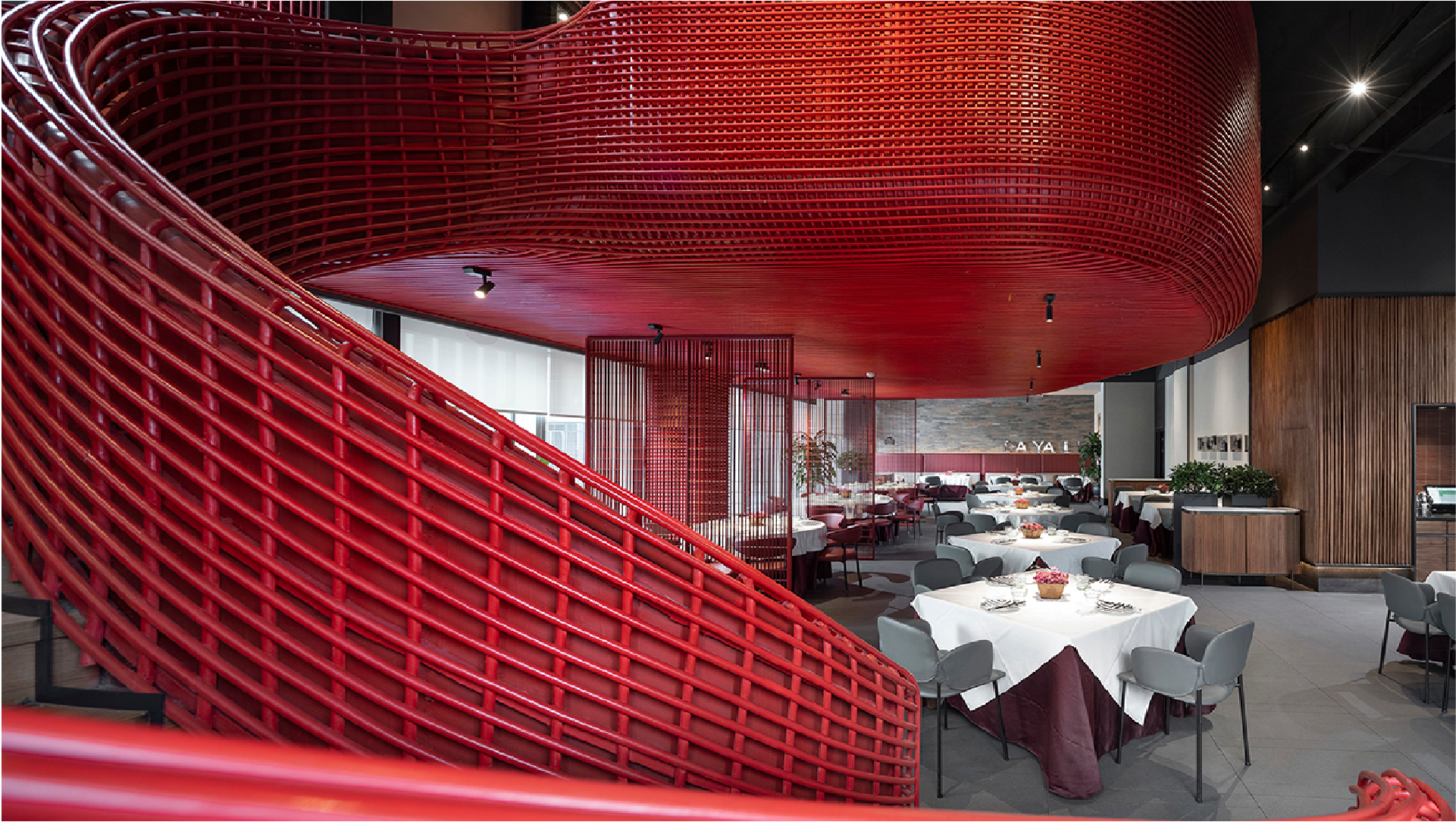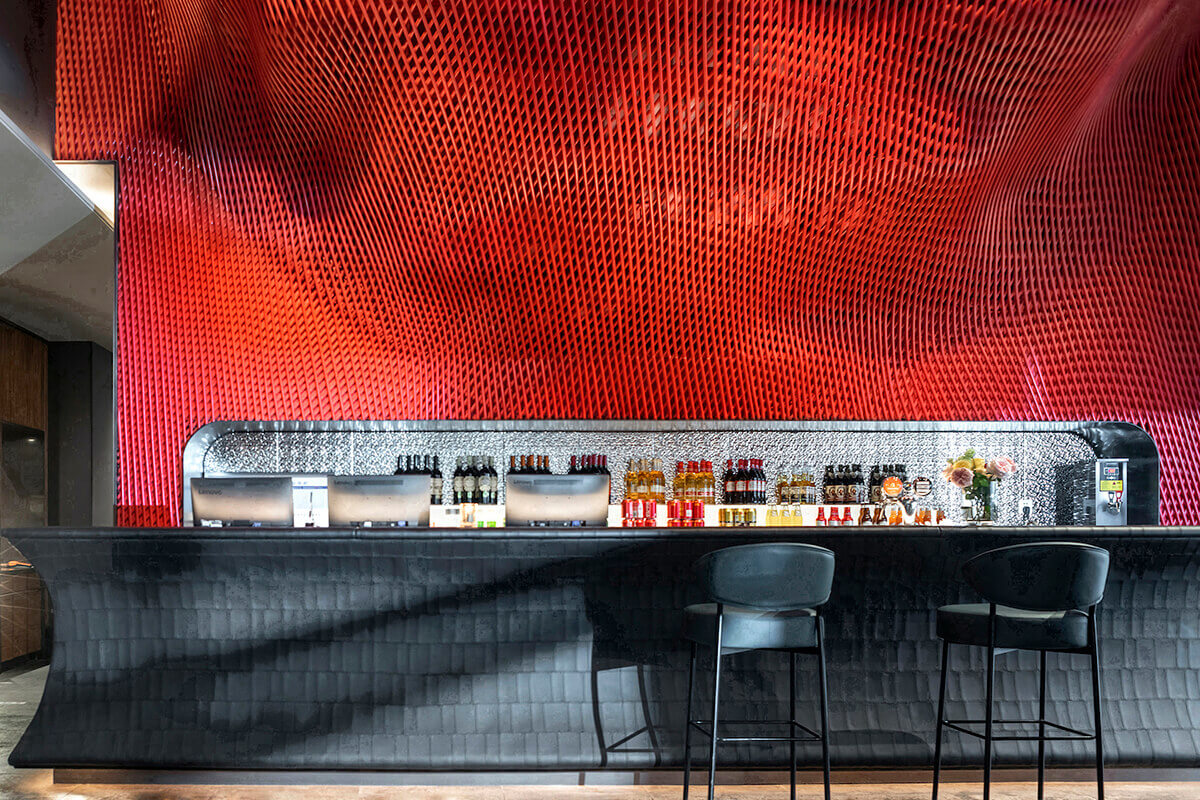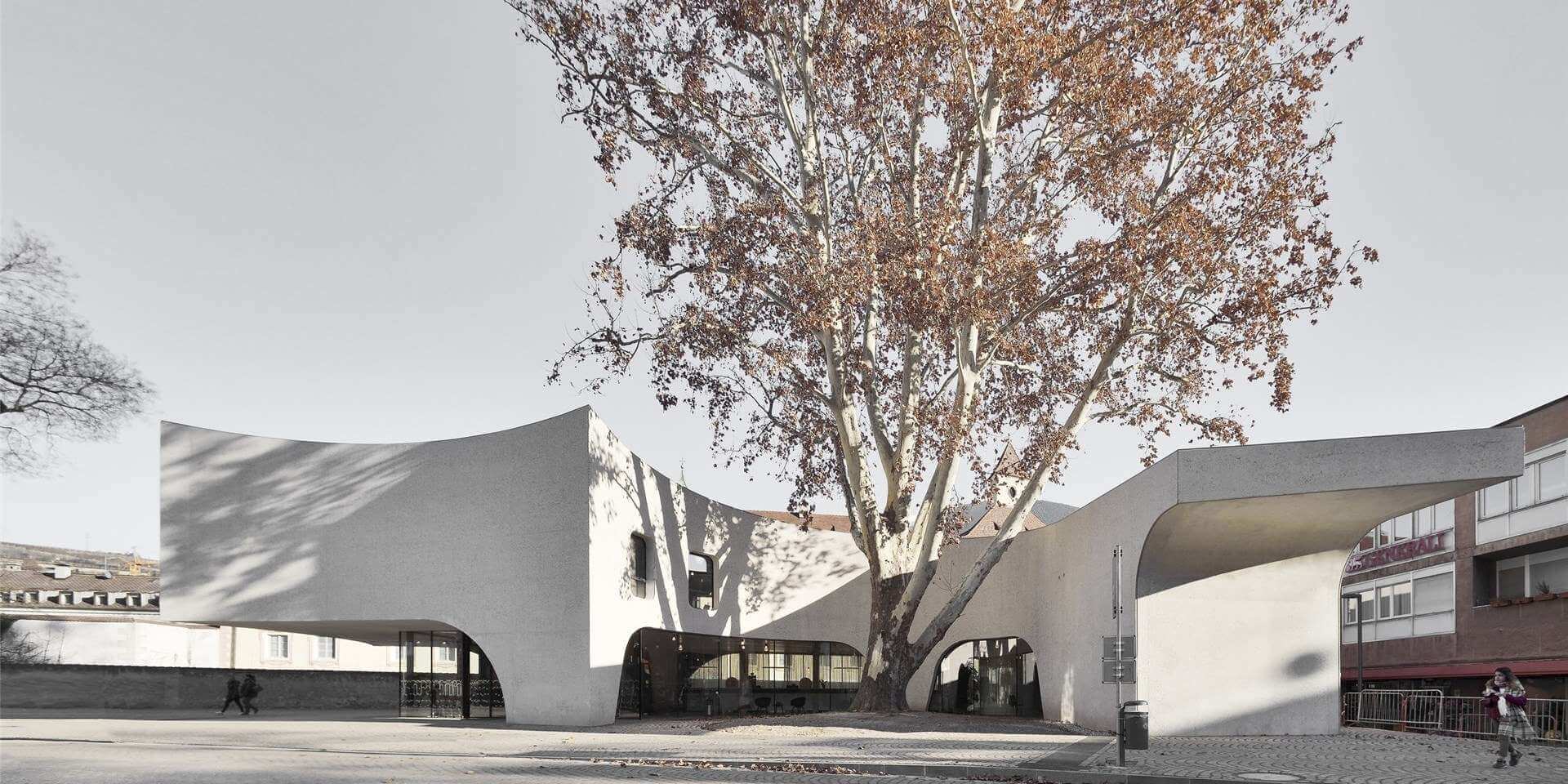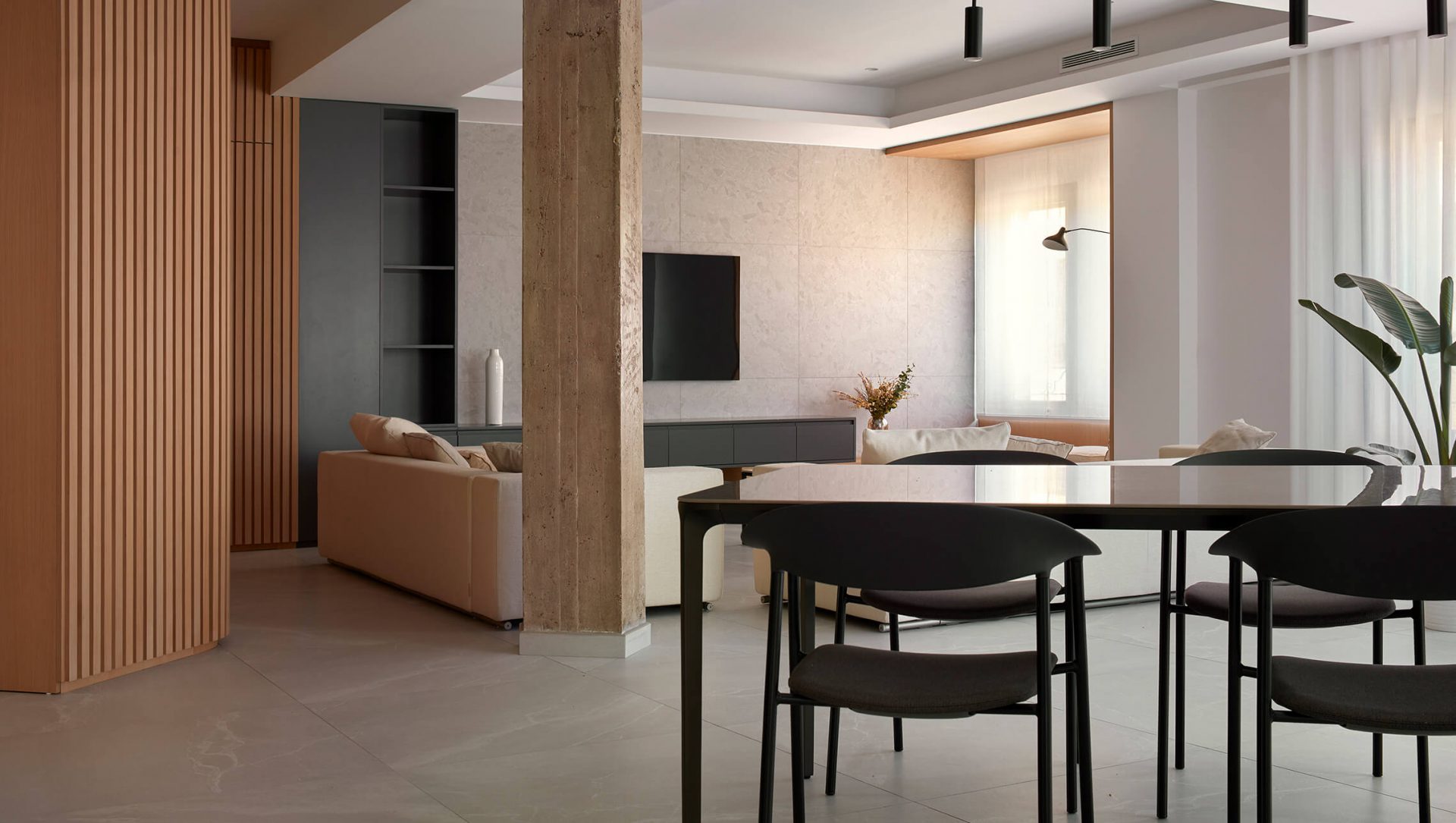Food is a good embodiment of civilization, as well as the history of a city
The Da Ya Li Roast Duck Restaurant, which integrates Chinese royal imperial food and Beijing marketplace dishes, has deeply absorbed the essence of Chinese food culture.

Wu Wei is discovering the new vitality of a traditional brand through the Da Ya Li Roast Duck Restaurant Chengdu Vanke Tianhui branch.
Chinese people have been good at tasting food since ancient times. Sichuan is a region of China that emphasizes on food taste and aestheticism. It has cultivated discerning taste buds of generations with its outstanding food specialty.

The Da Ya Li Roast Duck Restaurant, which integrates Chinese royal imperial food and Beijing marketplace dishes, has deeply absorbed the essence of Chinese food culture.
With more than two decades of experience in the catering market, it opens a new restaurant in Chengdu to promote the Beijing food culture and upgrade the brand image. The restaurant is designed by Wu Wei, who has epitomized the catering space design.
How to maintain the endless vitality of an old brand is a great challenge, but in this project, the designer is facing both challenges of brand image upgrading and integrating into the local culture.

The red color is a symbol of solemn Chinese royal architecture, and it is also the typical sign of peppery taste in Sichuan cuisine. This color is presented in this project with a visually striking image, which evokes taste memory and recalls national culture at the same time.
The ceiling surface is woven by red rattan, building a magnificent environment. The metal grille divides the functional space to meet commercial needs. The dimensions of the space are connected in series horizontally and vertically, enriching the layers and integrating the whole space.
The cool smoky black antique brick walls and floor tiles reduce the restlessness and anxiety brought by the warm red, achieving a delicate balance between color and material temperature.

Among the large area of red, the most highlighted part is the treehouse made of rattan. Like other raw materials as bricks and wood, the solid weave pattern slowly rises from the entrance of the staircase and eventually extends to the seats.
The treehouse is like a childhood dream, which represents people’s pursuit of the heart of a child. The rattans have built undulating shapes, weaving a beautiful vision in the infinite tenderness and evoking the most rustic and authentic memory of the diners.
The racks made of logs can store the tea products and tea sets together, making a corner for meditation and indulgence in the dazzling red space. Except for indulging in the flavour and fragrance of roast ducks, diners can have tea here and start a different dining experience.

The interior of the compartment is still in the palette of red. Unlike the enthusiastic public dining area, there is a more private and solemn atmosphere. Bamboo woven texture sliding door divides the space in the form of central axial symmetry, conveying a royal noble temperament with the openings of the door.
Just as there are no two same leaves in the world, there will never be two same stores in the market. Only when the value and soul can be clearly seen in the brand, the brand can maintain vitality regardless of time and region.
As the founder and creative director of IN • X based in Beijing, the interior architect Wu Wei is a master in Chinese catering space design. He is the designated designer for some popular restaurants in China, such as Siji Minfu Roast Duck Restaurant, Hu Da Restaurant, etc.

With the design philosophy of “Strategy First, Design Follows”, he has maintained close strategic partnerships with many leading Chinese catering brands.
With deep attainments in esthetics and a global perspective in business, he provides accurate business and design strategy for the brand, thus, creating sustainable vitality for brand development. Wu Wei has witnessed and nourished the development of Chinese new generation catering brands, such as the Da Ya Li Roast Duck Restaurant.























